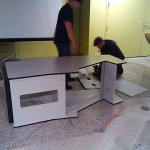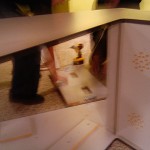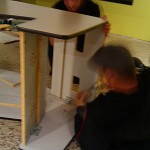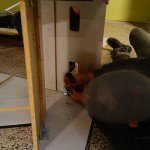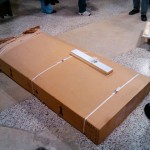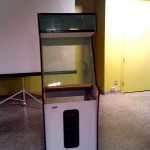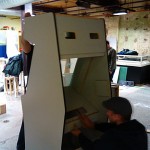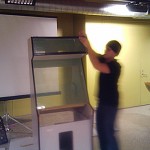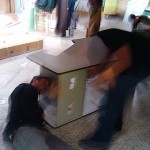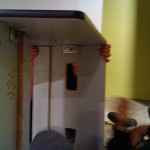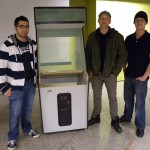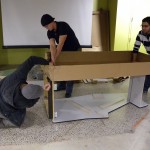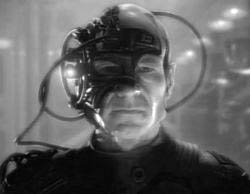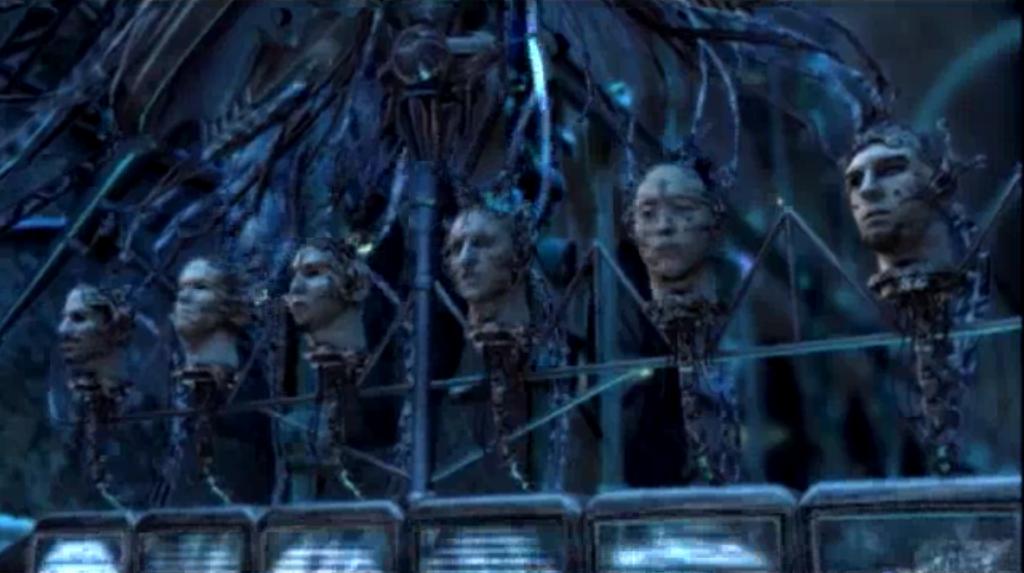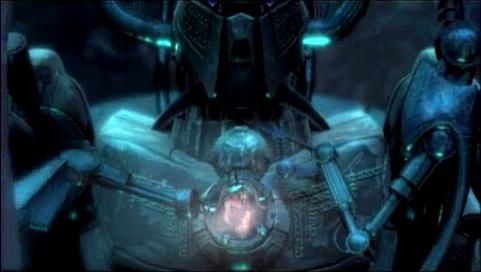Here is the finalized version of our preliminary video shooting activity. While we faced some minor set backs (mostly just the loss of our comical toilet sound effects), the finished product is something that is both enjoyable and mildly thought provoking.
When asked to create a video of “a tool being”, we concluded that the best way to illustrate a tool “being” was to use the very device we had been given for this exercise. Essentially, what one can probably make from the video itself is the camera is represented as an autonomous device (no human interference…at least none that can be seen anyways). The initial concept was to have the camera go about its business in a public washroom. Having lost the original audio track from the shooting, the audience cannot hear the mysterious flushing of the toilet intended to be in the background. Like any sanitary “being” would do, the camera proceeds to wash itself in the following sequence. Again, with no human interference, the camera appears to be controlling the faucet all by itself. Take from it what you will, but we thought that a simple and yet clever expression of this nature satisfied the “tool being” guidelines we as a group were given.
As a result of our lost audio track, we decided that an overlay of background music would have to fill the bill. After selecting a piece of music from the “Requiem for a Dream” soundtrack, we worked tirelessly to properly synchronize the video and the audio. The finished product is something rather humourous and none the less shows the efforts of our first attempt at creating a polished video sequence. The experience has taught us all something very important: we have a long way to go before we will be getting anywhere near the quality of Hollywood productions.


